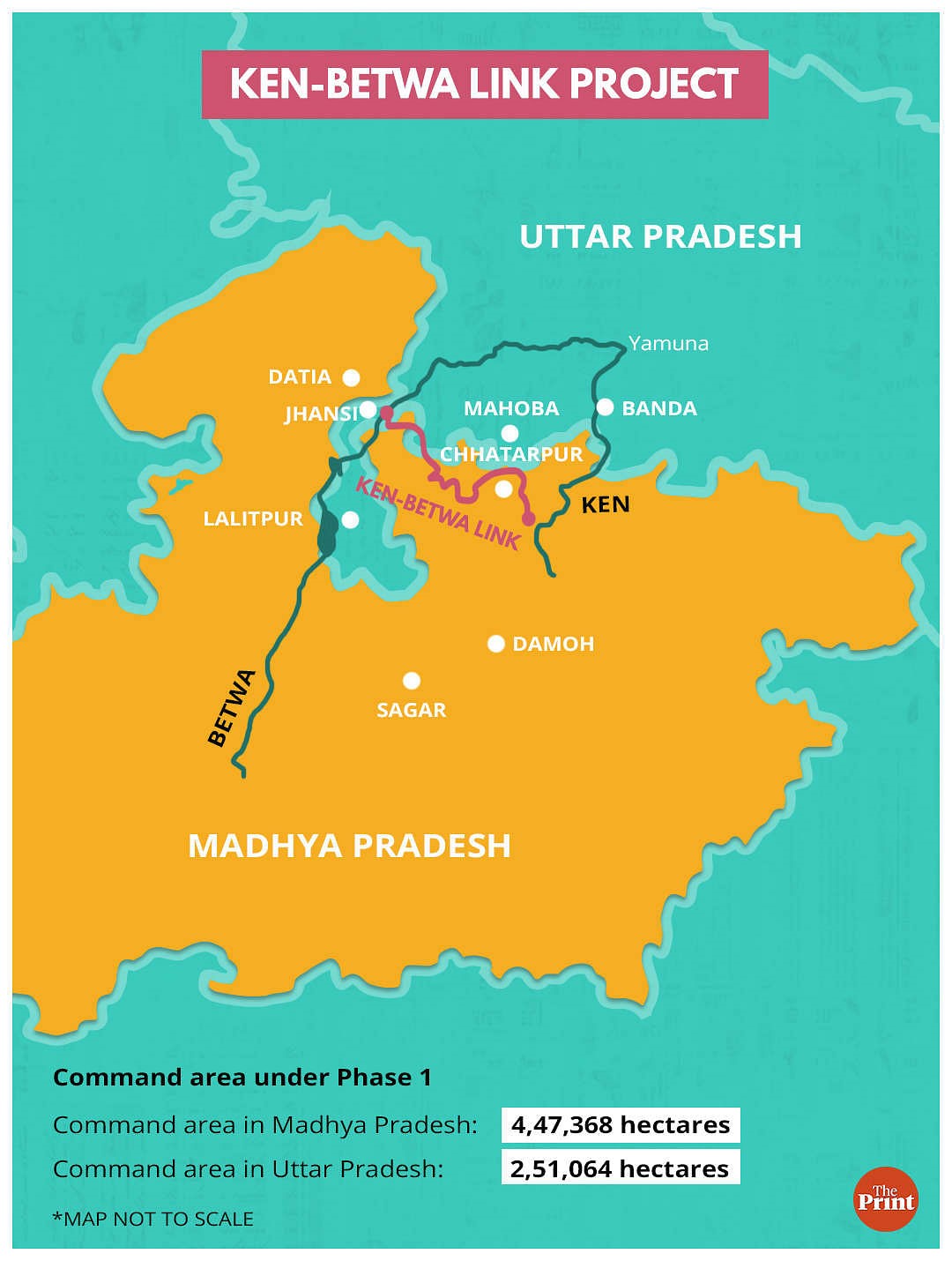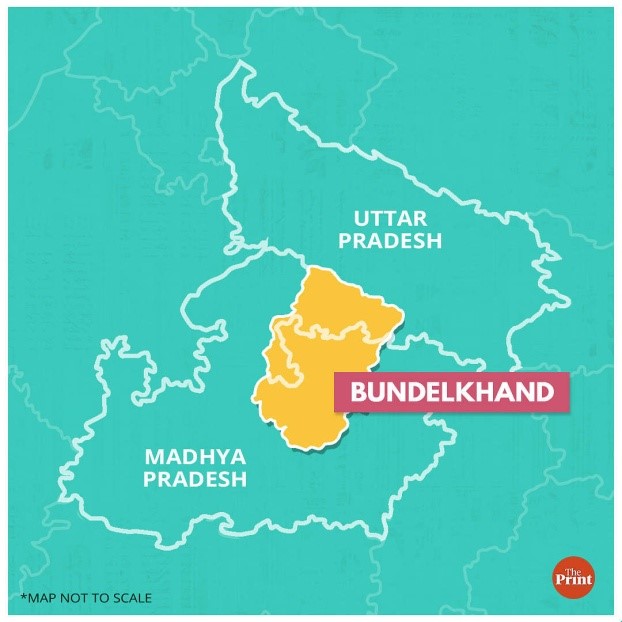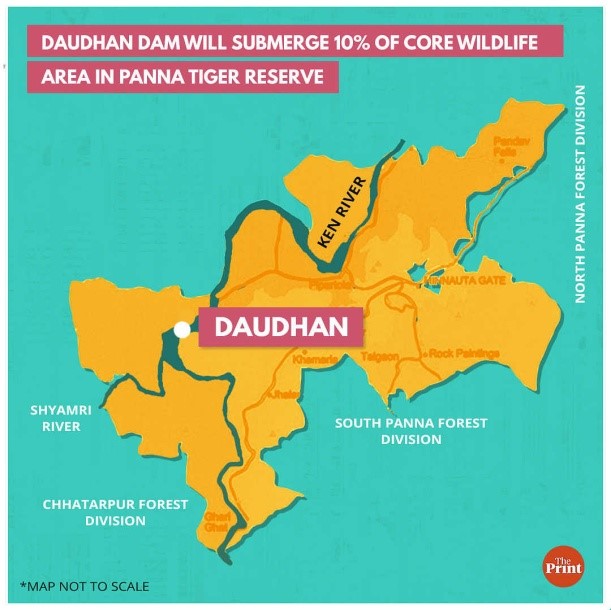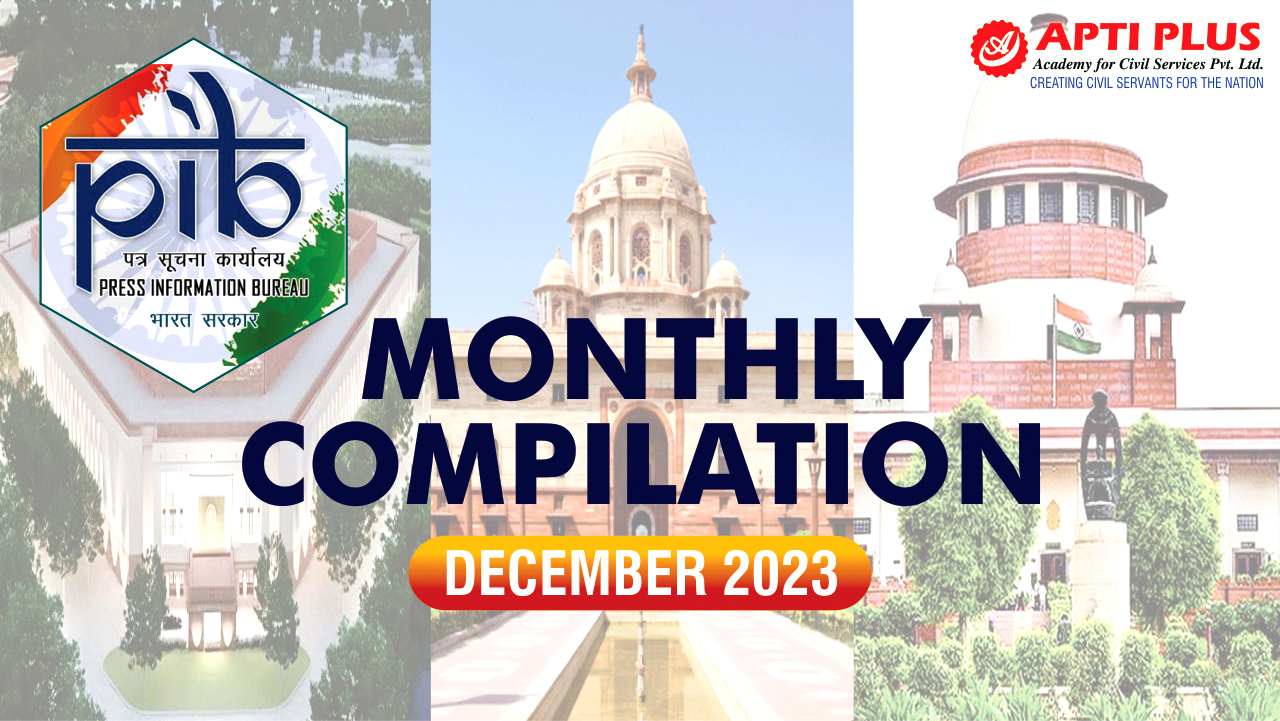Description

Disclaimer: Copyright infringement not intended.
Context
- A major dam project of the Madhya Pradesh government, which is part of the Centre’s marquee Ken-Betwa river interlinking project, was found to be in violation of environment clearance laws by an expert committee of the Union Environment Ministry.
Details
- In August 2005, the governments of Madhya Pradesh and Uttar Pradesh signed a tripartite agreement of understanding for the creation of a detailed project report (DPR), which gave the notion of connecting Ken with Betwa a significant boost.
- The Center designated KBLP a National Project in 2008. Later, it was incorporated into the prime minister’s development plan for the region of drought-prone Bundelkhand.
- The Ministry of Jal Shakti and the two states signed a memorandum of understanding in 2021 to implement this initiative.
- In December 2021, the Union Cabinet approved KBLP at a total cost of Rs 44,605 crore. In this project, the national and the Madhya Pradesh governments will link the Ken river with the Betwa river so that the latter can water the Bundelkhand region in Uttar Pradesh.

What is the Ken-Betwa link?
- The Ken-Betwa Link Project is the first project under the National Perspective Plan for interlinking of rivers.
- Under this project, water from the Ken river will be transferred to the Betwa river. Both these rivers are tributaries of river Yamuna.
- The link will be in the form of a canal that will be fed by the new Daudhan Dam on the Ken, to be built within Panna Tiger Reserve.
- The Ken-Betwa Link Project has two phases.
- Under Phase-I, one of the components — Daudhan dam complex and its appurtenances like Low Level Tunnel, High Level Tunnel, Ken-Betwa link canal and Power houses — will be completed.
- Phase-II, three components — Lower Orr dam, Bina complex project and Kotha barrage — will be constructed.

Significance:
- According to the Union Jal Shakti Ministry, the project is expected to provide annual irrigation of 10.62 lakh hectares, drinking water supply to about 62 lakh people and also generate 103 MW of hydropower.
- Few are of the view that the introduction of dams inside the water scarce regions of panna tiger reserve (MP), will rejuvenate the forests of the reserve that in turn will pave the way for Rich Biodiversity in the region.
- It will curb the rate of farmers suicide and will ensure them stable livelihood by providing sustainable means of irrigation and reducing excessive dependence on groundwater.

Concerns
- Environmental : According to Environmental activists the project will be very harmful to the Panna Tiger reserve, which is located in Madhya Pradesh (result into submergence of 10% of critical tiger habitat) and endangered vulture species like the white-rumped vulture (Height of the dam will affect the nesting sites of vulture) .
- Economic: There is a huge economic cost attached with the project implementation and maintenance, which has been rising due to delays in project implementation.
- Social: Cut down of million trees for the project which will adversely affect the rain in the already dry Bundelkhand region which may led to displacement of peopleof the bundelkhand region and give rise to rehabilitation issues.
Recent development ( cooperation, check and balance between ministries in public policies)
- The Centre has invoked a set of controversial orders whose legality is being examined by the Supreme Court. The sequence of events demonstrates the confusion among the States in interpreting the Centre’s environment clearance processes and how this results in ad-hocfixes being applied as amends.
- In 2019, the Madhya Pradesh government began constructing the Lower Orr dam (part of the second phase of the Centre’s ambitious Ken-Betwa river interlinking project ) only to be told by an expert appraisal committee (EAC), tasked with assessing the environmental impact of projects, in 2022 that the State had not taken a formal clearance from the Environment Ministry for the project. The expert committee, in December 2022, recommended that the Environment Ministry “consider taking necessary action on the violation against the project proponent as per law.
- The project proponent here was the National Water Development Agency (NWDA), a Jal Shakti Ministry body. Following a site visit, the committee reported that about 82% of the dam and 33.5% of the canal network had been completed without a clearance from the Ministry. The NWDA also did not have a ‘consent to operate’ certificate.
- The EAC recommended that the project developers undertake a fresh environment appraisal process, assess the ecological damage that had ensued and lay out a ‘damage restoration’ plan.
- These recommendations derive from a slew of executive orders issued by the Environment Ministry in 2017, 2021 and 2022 whereby a standard operating procedure was put in place to allow companies who had violated the terms of their environment clearance or were operating without one, to legalise their activities. Along with the fresh set of conditions, the new orders required companies to pay a fine that worked out to a percentage of the cost and turnover of the commissioned projects.
- Nearly a year after this recommendation, in a meeting of the EAC in December 2023, the body recommended that the Lower Orr project be subject to a fresh evaluation and that the NWDA submit more data calculating the potential damage that may have ensued from the construction.
- The Supreme Court, on January 2 2024, put all orders of the Ministry on hold as part of the proceedings in another case filed by NGO Vanshakti.

Way ahead:
- The government is developing a larger ‘Panna Tiger Landscape’, which should be created in any case for Panna’s tigers.
- An “independent” hydrological investigationof the Ken is needed.
- Restoration of Bunderlkhand’s erstwhile Chandel-period lakes and ponds.
- The developmental project should not destroy the ecology of fragile ecosystems and important tiger habitats in the country. The approach should be eco-centricand not anthropocentric.
|
Practice questions
The interlinking of rivers can provide viable solutions to the multi-dimensional inter-related problems of droughts, floods, and interrupted navigation. Critically examine. (200 Words)
|













